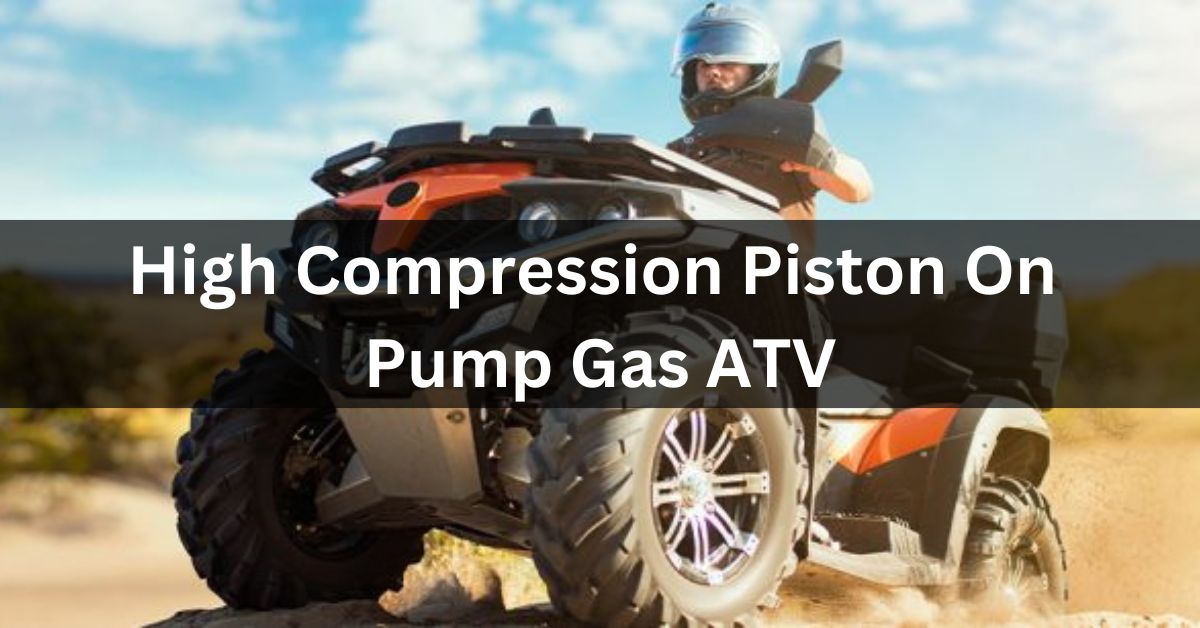Off-road vehicles like ATVs are designed to withstand harsh conditions and challenging terrain.
One of the essential components that determine the power output and performance of an ATV is the piston.
The gasoline and air mixture is compressed by the piston inside the cylinder, producing the power that drives the ATV.
Recently, there has been a trend towards using high-compression pistons on pump gas ATV engines.
The high-compression pistons offer several benefits to an engine, including increased power output, improved throttle response, better fuel efficiency, increased torque, enhanced engine sound, and overall engine performance.
In this post, we’ll go through the advantages and disadvantages of using high-compression pistons on pump gas ATVs.
What Is A High-Compression Piston?
A high-compression piston is a piston that has a higher compression ratio than the stock piston.
The combustion chamber volume at the bottom of the piston’s stroke divided by the combustion chamber volume at the height of the piston’s stroke is known as the compression ratio.
High-compression pistons have a higher compression ratio, which means they compress the fuel and air mixture inside the cylinder more tightly, producing more power.
What Is The Highest Compression You Can Go On Pump Gas?
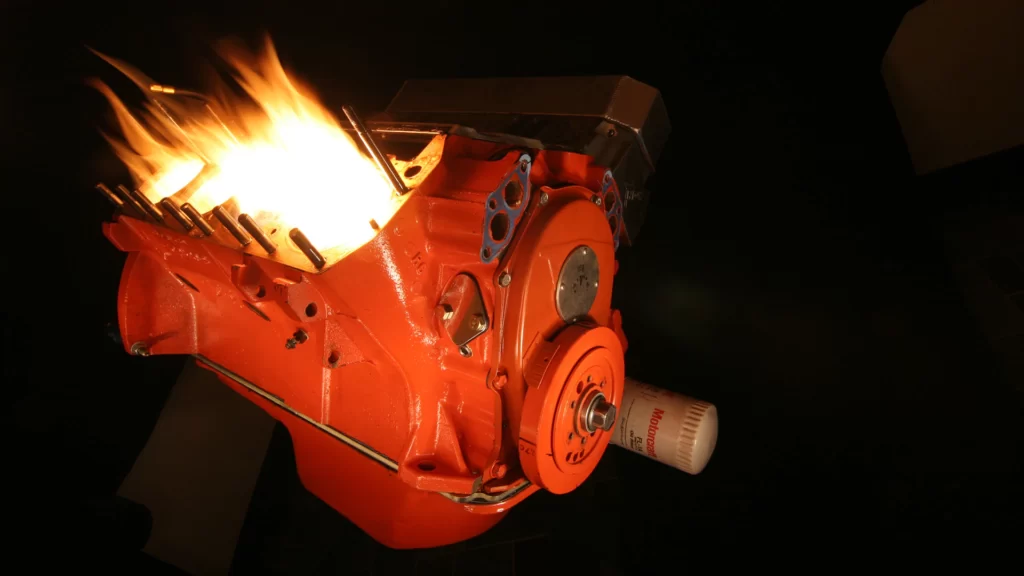
The highest compression ratio you can safely run on pump gas depends on several factors, including the fuel you are using, the engine’s design, and the engine’s operating conditions.
Most stock engines generally have a compression ratio between 8:1 and 10:1, while high-performance engines can have compression ratios between 11:1 and 13:1.
However, these compression ratios are typically only safe to run on premium gasoline with a higher octane rating than regular gasoline.
Pump gas generally has an octane rating between 87 and 93, depending on the specific fuel grade and location.
Generally, most engines should not have a compression ratio higher than 11:1 if running on pump gas.
Anything higher than that will require a higher octane fuel, such as race fuel or ethanol, to prevent detonation and engine damage.
The exact compression ratio that can be safely run on pump gas will depend on several factors, including the engine’s design, the ignition timing, the air/fuel mixture, and the operating conditions.
It is always recommended to consult a professional engine builder or tuner before modifying your engine’s compression ratio.
Can A High-compression Piston Run On Pump Gas?
When considering running a high-compression piston on pump gas, there are several factors to consider. These include the engine’s design, fuel octane rating, and tuning.
1. Engine Design
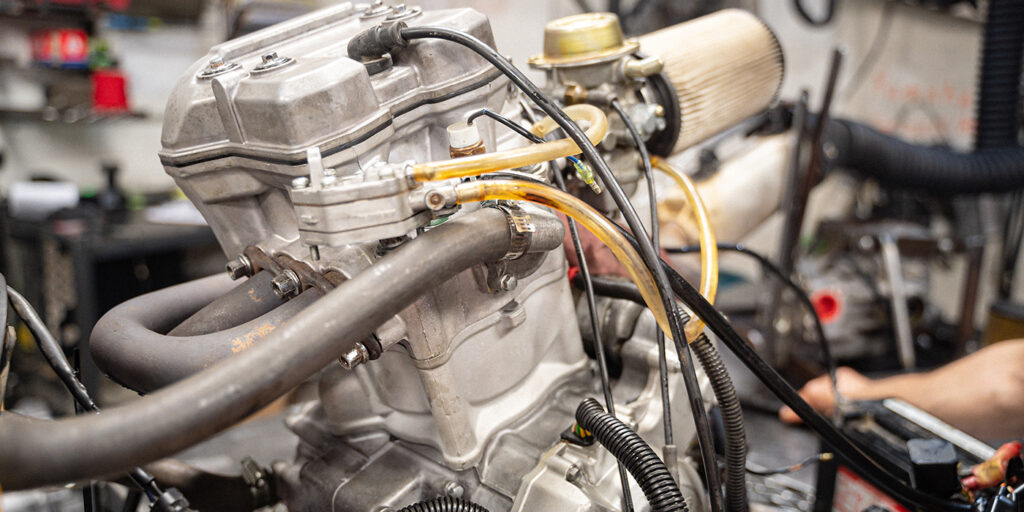
The engine’s design determines whether a high-compression piston can run on pump gas. High-compression pistons increase the compression ratio, which can lead to pre-ignition or detonation.
Some engines are designed to handle higher compression ratios, while others are not.
For example, engines with overhead camshafts and four valves per cylinder tend to have better airflow and combustion efficiency.
This design can allow for a higher compression ratio without the risk of detonation.
On the other hand, engines with a single camshaft and two valves per cylinder may not be able to handle as high of a compression ratio due to the limited airflow and combustion efficiency.
2. Fuel Octane Rating
The fuel’s octane rating is crucial when considering a high-compression piston on pump gas.
The fuel’s resistance to detonation is determined by its octane rating. Higher the octane rating, higher the fuel’s ability to resist detonation.
The typical range for pump gas is between 87 and 93 octanes, depending on the region and the brand of gasoline.
A fuel with a higher octane level may be required to prevenr detonation when using a high-compression piston.
Matching the fuel’s octane rating to the engine’s compression ratio is essential to prevent detonation.
3. Tuning
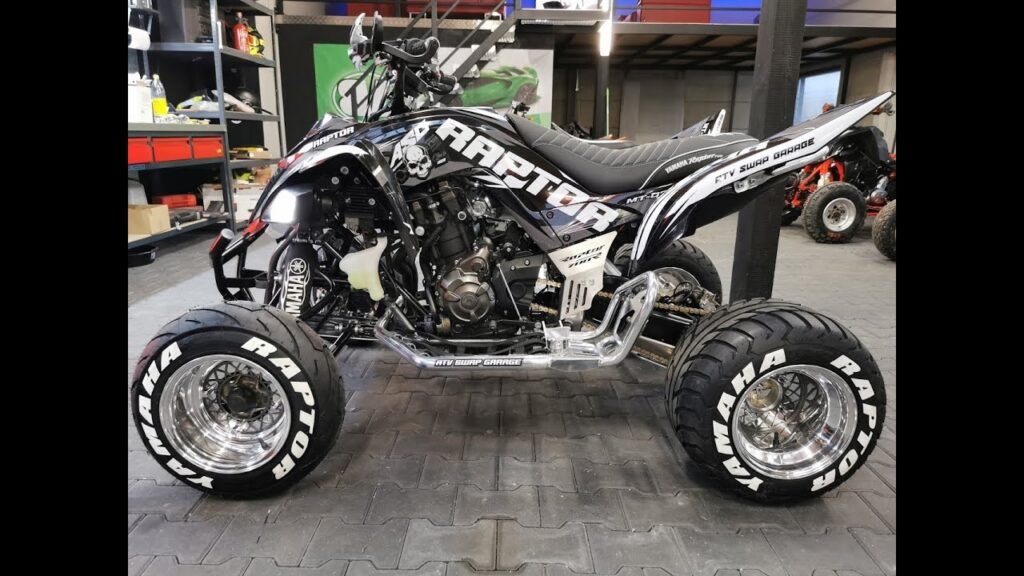
Tuning the engine is crucial when running a high-compression piston on pump gas. Tuning involves adjusting the engine’s fuel and ignition timing to optimize performance and prevent detonation.
A professional engine builder or tuner can do tuning.
Retarding the ignition timing is one tuning method that can help prevent detonation. Retarding the ignition timing delays the spark plug’s firing time, which can reduce the risk of detonation.
However, retarding the ignition timing can also decrease performance and fuel efficiency.
- Enriching the air/fuel mixture is another tuning method that can help prevent detonation. Enriching the air/fuel mixture cools the combustion chamber and reduces the risk of detonation. However, enriching the air/fuel mixture can also decrease performance and fuel efficiency.
- Using an octane booster is another option for preventing detonation. Octane boosters increase the fuel’s octane rating, allowing higher compression ratios to be used without detonation. However, not all octane boosters are created equal, and some may not be effective in preventing detonation in high-compression engines.
Benefits Of High-Compression Pistons
1. Increased Power Output
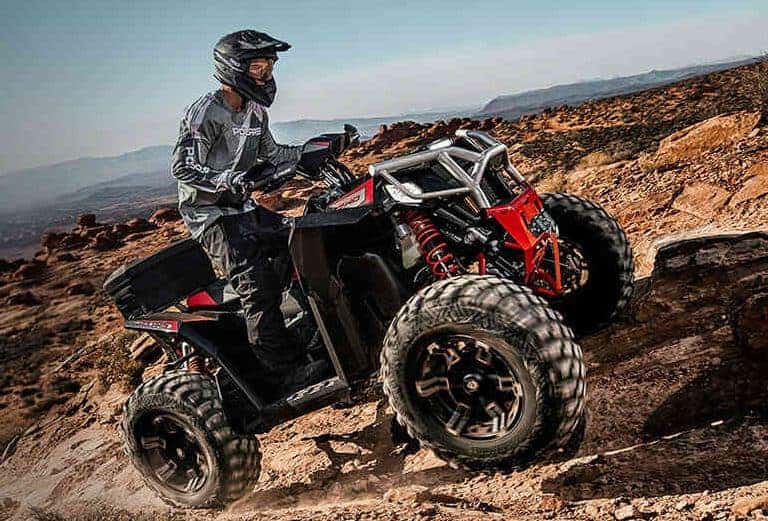
The increased power output is one of the most significant benefits of using a high-compression piston on a pump gas ATV.
A high-compression piston compresses the fuel and air mixture more tightly, generating more power in the cylinder.
This increase in power output can be especially noticeable at higher RPMs, where the engine is operating closer to its maximum potential.
2. Improved Throttle Response
Another benefit of using a high-compression piston is improved throttle response.
The tighter compression of the fuel and air mixture inside the cylinder means that the engine responds more quickly to changes in throttle input.
It can be especially beneficial when riding off-road, where quick throttle response can help you navigate difficult terrain more effectively.
3. Better Fuel Efficiency
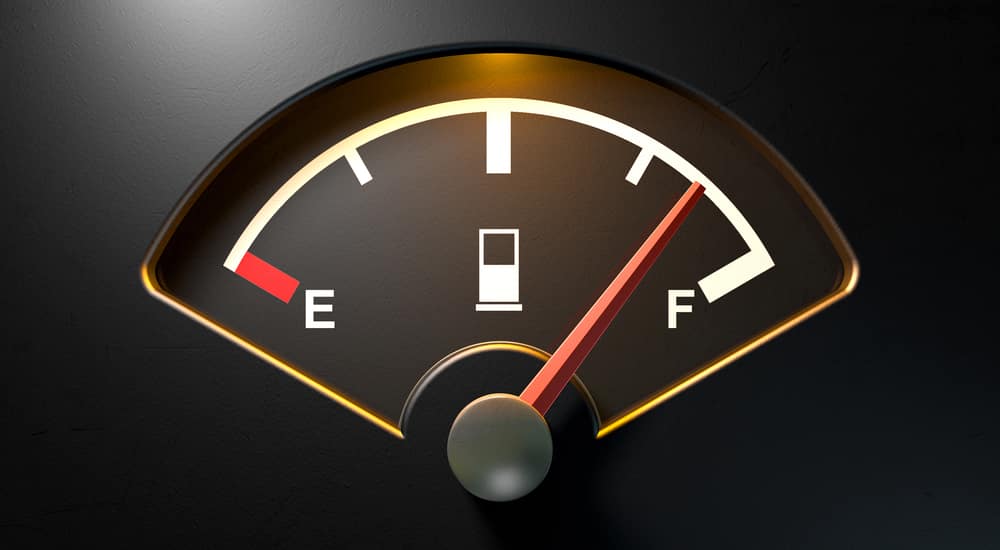
High-compression pistons can also improve fuel efficiency by completely burning the fuel and air mixture.
It can result in less fuel being wasted and better overall fuel economy. It is essential for ATV riders who frequently ride off-road and must conserve fuel for longer rides.
4. Increased Torque
High-compression pistons can also increase the engine’s torque output, translating into better acceleration and overall performance.
This benefit is especially significant for vehicles that require a lot of low-end torque, such as ATVs and off-road trucks.
5. Enhanced Engine Sound
High-compression pistons produce a unique and distinct engine sound due to the increased compression and power output.
This sound particularly appeals to automotive enthusiasts who appreciate a louder and more aggressive engine tone.
6. Improved Overall Engine Performance
High-compression pistons improve the engine’s overall performance, including throttle response, acceleration, and top speed.
The engine is also more responsive and smoother due to the improved compression and power output.
Drawbacks Of High-Compression Pistons
1. Increased Heat And Stress
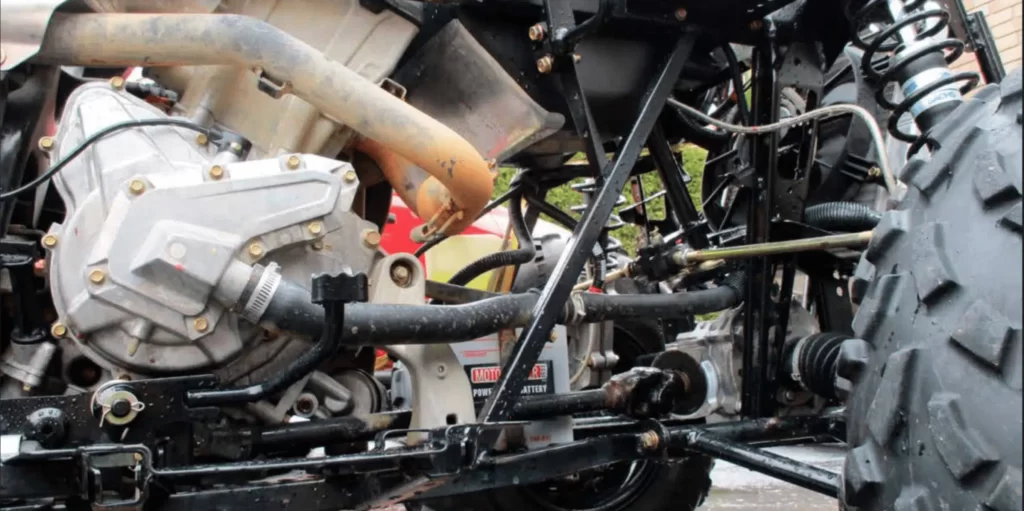
One of the primary drawbacks of using a high-compression piston on a pump gas ATV is the increased heat and stress on the engine.
The tighter compression of the fuel and air mixture means that the engine is operating at a higher temperature, which can lead to increased wear and tear on engine components. Additionally, the increased stress on the engine can lead to a shorter lifespan.
2. Higher Octane Fuel Requirements
Another potential drawback of using a high-compression piston is the increased octane requirements for the fuel.
High-compression pistons require higher octane fuel to prevent pre-ignition and detonation in the cylinder. You may need more expensive fuel to keep your ATV running smoothly.
3. Decreased Reliability
Finally, using a high-compression piston can decrease the reliability of your ATV.
The increased heat and stress on the engine can lead to more frequent breakdowns and repairs.
Additionally, the higher octane fuel requirements can make finding suitable fuel for your ATV more challenging, especially if you frequently ride in remote areas where high-octane fuel may be limited.
4. Detonation and Pre-ignition
One of the most significant drawbacks of high-compression pistons is the increased risk of detonation and pre-ignition.
When the compression ratio increases, the air/fuel mixture becomes more volatile and more likely to detonate or pre-ignite.
5. Engine Overheating

High-compression pistons also increase the engine’s operating temperature.
The higher the compression ratio, the more heat is generated during combustion.
This increased heat can cause engine overheating, leading to engine damage or failure.
6. Shorter Engine Lifespan
High-compression pistons can cause additional stress on the engine’s components.
This increased stress can cause the engine to wear out faster, reducing lifespan.
In addition, the higher operating temperatures can cause accelerated wear and tear on the engine’s internal components.
7. Costly Modification
High-compression pistons are costly, and installing them can be expensive.
In addition to the pistons’ cost, you may need to invest in other modifications, such as a new fuel system, to get the most out of them. The added cost of high-octane fuel can also add up over time.
8. Not Suitable for All Types of Riding
High-compression pistons are not suitable for all types of riding. If you ride your ATV on rough terrain or extreme conditions, you may be better off using a lower compression ratio piston.
High-compression pistons are designed for high-performance applications, and they may not be able to handle the rigors of off-road riding.
Conclusion
Using a high-compression piston on a pump gas ATV can be an attractive way to increase power output and performance.
However, it’s essential to consider the potential drawbacks, such as increased heat and stress on the engine, higher octane fuel requirements, and decreased reliability.
Before modifying your ATV, it’s essential to weigh the pros and cons carefully and consult a qualified mechanic or ATV expert.
You can find the ideal mix of power and reliability for your ATV with the right information and preparation.
Frequently Asked Questions
1. How Much HP Does A High-compression Piston Add?
The amount of horsepower a high-compression piston adds varies depending on the engine’s design and other factors. A high-compression piston can add 5-10% more horsepower to an engine.
2. What Is The Highest Compression You Can Go On Pump Gas?
Generally, most engines can run safely with a compression ratio of up to 10:1 or 11:1 on pump gas.
However, higher ratios may require higher-octane fuel or other modifications to prevent knocking or engine damage.
Consulting a professional mechanic or engine builder is recommended.
3. Can You Run Pump Gas On An 11:1 High-compression Piston?
11:1 high-compression piston may be able to run on pump gas, but it depends on several factors.
It is recommended to use a high-quality fuel with an octane rating higher than 87 and to adjust the ignition timing accordingly.
4. Can A High-compression Engine Run On Pump Gas?
Yes, a high-compression engine can run on pump gas, but the compression ratio must be within a safe range for gasoline.
Pump gas is typically rated between 87 and 93 octanes, which means it has a specific resistance to knock or detonation.
Detonation occurs when the air/fuel mixture in the engine cylinder ignites spontaneously and prematurely, which can cause severe engine damage.
5. What Compression Can You Run On Pump Gas?
The compression ratio that can run on pump gas depends on several factors, including the engine’s design, fuel octane rating, and tuning.
Generally, the compression ratio should not exceed the fuel’s octane rating minus 10.
However, engines with better airflow and combustion efficiency can handle higher compression ratios without the risk of detonation.
Related Articles
- How Do I Know If My Atv Is Running Lean? – Symptoms Of A Lean ATV Engine
- How To Reverse Polarity On An ATV Starter? | Steps And Best Info In 2023
- How Long Should I Let My Atv Warm Up? | Tips To Prepare Your ATV For Cold Weather
- What Does Override Do On Atv? || Complete Information About Override Button
- Why Does My Atv Die When I Give It Gas? | 5 Reasons & How To Fix The Issue
